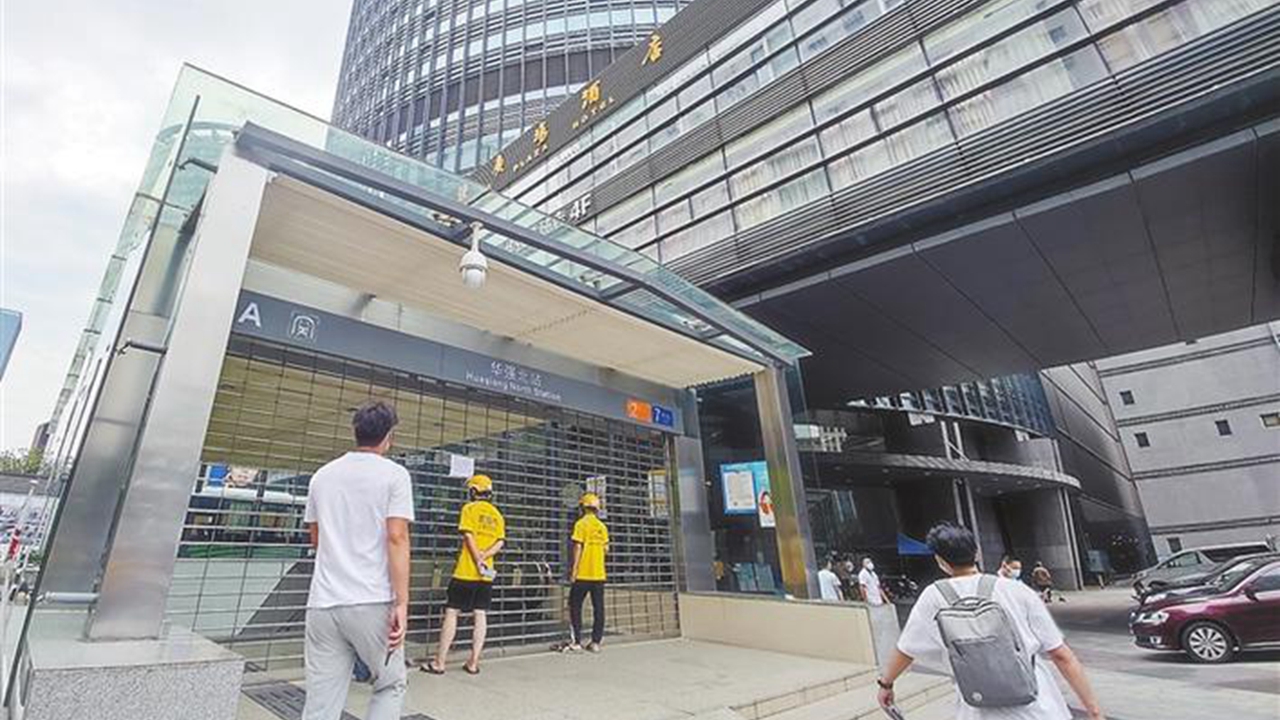New omicron mutation BF.15 detected in city for first time
Shenzhen has discovered BF.15, a new mutation of the omicron subvariant BA.5.2.1, among the city’s COVID-19 infections found since Aug. 23. It was the first time that the new omicron mutation appeared in Shenzhen, a municipal health official said at a press conference yesterday.
According to Lin Hancheng, a senior health official from the city’s health commission, BF.15 has been detected in most of the city’s COVID infections since Aug. 23, while some other infections were related to omicron subvariants BA.5.2, BA.5.2.1 and BA.2.2. All the subvariants of BA.5 are more contagious and harder to discover.
The mutant strains found in the COVID cases were highly homologous with some of the strains reported abroad, thus the possibility that the latest COVID flare-up was caused by imported cases cannot be ruled out, Lin said.
Shenzhen Mayor Qin Weizhong chaired a meeting yesterday and urged efforts to stem the spread in the shortest time possible and hold firm the bottom line that there will be no large-scale COVID rebound in the city.
Restaurants and canteens in Futian and Luohu districts have been ordered to limit their operating capacities and service hours, and temporarily halt dine-in services for four days from yesterday to Thursday, as the two districts have beefed up COVID-19 measures and decided to implement strict controls within the districts.
Meanwhile, all deliverymen are prohibited from entering residential communities and urban villages, and takeaways and packages should be placed at designated locations for collection, according to the notices issued by the districts’ anti-COVID authorities yesterday.

People are seen barred from entering Metro Line 2’s Huaqiang North Station yesterday. Sun Yuchen
Deliverymen must take nucleic acid tests daily and report their health condition.
Residents in the two districts are also required to present negative 24-hour nucleic acid test results or a 24-hour COVID test record to enter residential compounds and urban villages. Visitors are not allowed to enter unless necessary.
Large conferences, activities, forums, performances, sales promotions, fairs and square dancing are required to be halted. Parks in the two districts are temporarily closed.
Wholesale markets and indoor recreational facilities such as karaoke lounges, cinemas, theaters, gyms, chess and card rooms, mahjong clubs, internet cafes, bars, KTVs, saunas and body and foot massage parlors are ordered to suspend businesses. Education and training institutions should halt offline operations.
All residents in the two districts should continue to take nucleic acid tests daily and maintain personal protective measures.
The same measures will also be in place from 7 p.m. yesterday to 7 p.m. Friday in Longgang District (excluding Buji Subdistrict), the district’s COVID prevention and control headquarters announced last night. Residents in Buji Subdistrict are required to stay at home during the period.
Residents in Futian’s Yuanling, Huaqiangbei and Nanyuan subdistrics and Luohu’s Guiyuan, Nanhu and Sungang subdistricts have been required to stay at home for four days from yesterday to Thursday due to tightened COVID-19 prevention and control measures, according to the notices issued by the districts’ anti-COVID authorities yesterday morning.
Shenzhen Metro has temporarily suspended services at 28 Metro stations until further notice and the stops of bus routes passing through the six subdistricts are also subject to temporary adjustments for four days.
Shenzhen residents are urged to wear masks when taking public transport, visiting public places or having outdoor activities, replace masks regularly and wear them properly. It is recommended that a mask be replaced every four hours.
The city reported six locally transmitted confirmed COVID cases and three asymptomatic infections from 12:01 a.m. to 12 p.m. yesterday.